Course No. 1440 | .AVI, XviD, 700 kbps, 640×480 | English, MP3, 96 kbps, 2 Ch | 36×30 mins | 6.49 GB
Lecturer: Judith V. Grabiner, Ph.D.
Mathematics has spread its influence far beyond the realm of numbers. The concepts and methods of mathematics are crucially important to all of culture and affect the way countless people in all spheres of life look at the world. Consider these cases:
When Thomas Jefferson sat down to write the Declaration of Independence in 1776, he composed it on the model of a geometric proof, which is what gives it much of its power as a defense of liberty.
When Albert Einstein developed his theory of general relativity in the early 20th century, he used non-Euclidean geometry to prove that the path of a ray of light, in the presence of a gravitational field, is not straight but curved.Intriguing examples like these reflect the important dialogue between mathematics and philosophy that has flourished throughout history. Indeed, mathematics has consistently helped determine the course of Western philosophical thought. Views about human nature, religion, truth, space and time, and much more have been shaped and honed by the ideas and practices of this vital scientific field.
Award-winning Professor Judith V. Grabiner shows you how mathematics has shaped human thought in profound and exciting ways in Mathematics, Philosophy, and the “Real World,” a 36-lecture series that explores mathematical concepts and practices that can be applied to a fascinating range of areas and experiences.
Believing that mathematics should be accessible to any intellectually aware individual, Professor Grabiner has designed a course that is lively and wide-ranging, with no prerequisites beyond high school math. For those with an interest in mathematics, this course is essential to understanding its invaluable impact on the history of philosophical ideas; for those with an interest in philosophy, Professor Grabiner’s course reveals just how indebted the field is to the mathematical world.
Math Meets Philosophy
In a presentation that is clear, delightful, and filled with fascinating case histories, Professor Grabiner focuses on two areas of mathematics that are easily followed by the nonspecialist: probability and statistics, and geometry. These play a pivotal role in the lives of ordinary citizens today, when statistical information is everywhere, from medical data to opinion polls to newspaper graphs; and when the logical rules of a geometric proof are a good approach to making any important decision.
Mathematics, Philosophy, and the “Real World” introduces enough elementary probability and statistics so that you understand the subtleties of the all-important bell curve. Then you are immersed in key theorems of Euclid’s Elements of Geometry, the 2,200-year-old work that set the standard for logical argument. Throughout the course, Professor Grabiner shows how these fundamental ideas have had an enormous impact in other fields. Notably, mathematics helped stimulate the development of Western philosophy and it has guided philosophical thought ever since, a role that you investigate through thinkers such as these:
Plato: Flourishing in the 4th century B.C.E., Plato was inspired by geometry to argue that reality resides in a perfect world of Forms accessible only to the intellect—just like the ideal circles, triangles, and other shapes that seem to exist only in the mind.
Descartes: Writing in the 17th century, René Descartes used geometric reasoning in a systematic search for all possible truths. In a famous exercise, he doubted everything until he arrived at an irrefutable fact: “I think, therefore I am.”
Kant: A century after Descartes, Immanuel Kant argued that metaphysics was possible by showing its kinship with mathematics. The perfection of Euclidean geometry led him to take for granted that space has to be Euclidean.
Einstein: Working in the early 20th century with a concept of “straight lines” that was different from Euclid’s, Albert Einstein showed that gravity is a geometric property of non-Euclidean space, which is an essential idea of his general theory of relativity.
Non-Euclidean Geometry Explained
The discovery of non-Euclidean geometry influenced fields beyond mathematics, laying the foundation for new scientific and philosophical theories and also inspiring works by artists such as the Cubists, the Surrealists, and their successors leading up to today.
Non-Euclidean geometry was a stunning intellectual breakthrough in the 19th century, and you study how three mathematicians, working independently, overthrew the belief that Euclid’s geometry was the only possible consistent system for dealing with points, lines, surfaces, and solids. Einstein’s theory of relativity was just one of the many ideas to draw on the non-Euclidean insight that parallel lines need not be the way Euclid imagined them.
Professor Grabiner prepares the ground for your exploration of non-Euclidean geometry by going carefully over several of Euclid’s proofs so that you understand Euclid’s theory of parallel lines at a fundamental level. You even venture into the visually rich world of art and architecture to see how Renaissance masters used Euclidean geometry to map three-dimensional space onto flat surfaces and to design buildings embodying geometrical balance and symmetry. The Euclidean picture of space became internalized to a remarkable extent during and after the Renaissance, with a far-reaching effect on the development of philosophy and science.
Change the Way You Think
Mathematics has not only changed the way specialists think about the world, it has given the rest of us an easily understandable set of concepts for analyzing and understanding our surroundings. Professor Grabiner provides a checklist of questions to ask about any statistical or probabilistic data that you may encounter. Her intriguing observations include the following:
Statistics: Biologist and author Stephen Jay Gould, who developed abdominal cancer, was told his disease had an eight-month median survival time after diagnosis. The diagnosis sounded hopeless, but his understanding of the characteristics of the median (as opposed to the mean or mode) gave him a strategy for survival.
Bad graphs: There are many ways to make a bad graph; some deliberately misleading, others merely badly conceived. Beware of a graph that starts at a number higher than zero, since comparisons between different data points on the graph will be exaggerated.
Polls: The Literary Digest poll before the 1936 U.S. presidential election was the largest ever conducted and predicted a landslide win for Alf Landon over Franklin Roosevelt. Yet the result was exactly the opposite due to an unrecognized systematic bias in the polling sample.
Probability: Intuition can lead one astray when one is judging probabilities. You investigate the case of an eyewitness to an accident who has done well on tests of identifying the type of vehicle involved. But a simple calculation shows that she is more likely wrong than not.
The Power of Mathematical Thinking
Mathematics, Philosophy, and the “Real World” focuses on mathematics and its influence on culture in the West. But for an alternative view, Professor Grabiner devotes a lecture to mathematics in classical China, where geometers discovered some of the same results as the ancient Greeks but with a very different approach. One major difference is that the Chinese didn’t use indirect proof, a technique that proves a proposition true because the assumption that it is false leads to a contradiction.
In another lecture, Professor Grabiner gives time to the critics of mathematics—philosophers, scientists, poets, and writers who have argued against the misuse of mathematics. Charles Dickens speaks for many in his memorable novel Hard Times, which depicts the human misery brought by Victorian England’s obsession with statistics and efficiency.
But even more memorable are the cases in which mathematics turns up where it is least expected. “We hold these truths to be self evident …” So wrote Thomas Jefferson in the second sentence of the Declaration of Independence. He had originally started, “We hold these truths to be sacred and undeniable … ” The change to “self-evident” was probably made at the suggestion of Benjamin Franklin, a great scientist as well as a statesman, who saw the power of appealing to scientific thinking. A Euclidean proof begins with axioms (self-evident truths) and then moves through a series of logical steps to a conclusion.
With her consummate skill as a teacher, Professor Grabiner shows how Jefferson laid out America’s case against Great Britain with all of the rigor he learned in Euclid’s Elements, working up to a single, irrefutable conclusion: “That these United Colonies are, and of Right ought to be Free and Independent States.”
There is arguably no greater demonstration of the power of mathematics to transform the real world—and it’s just one of the fascinating insights you’ll find in Mathematics, Philosophy, and the “Real World.”
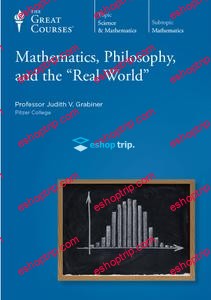


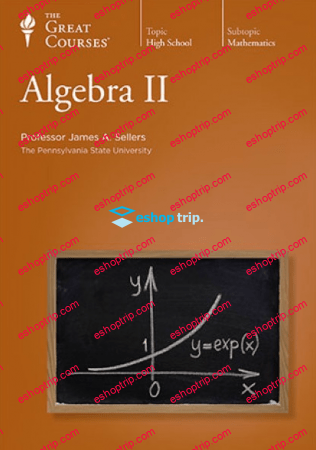
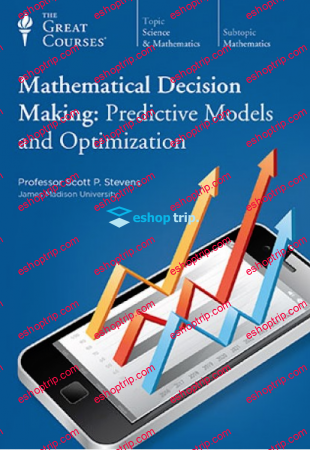
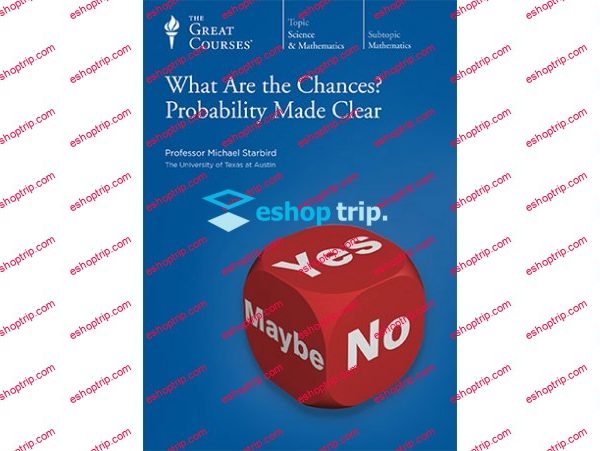

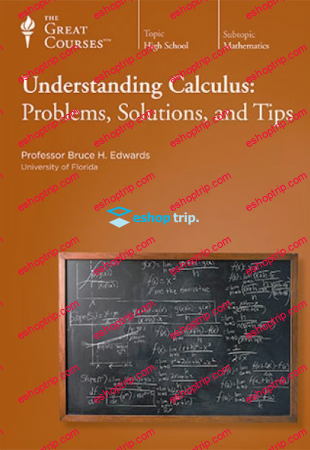
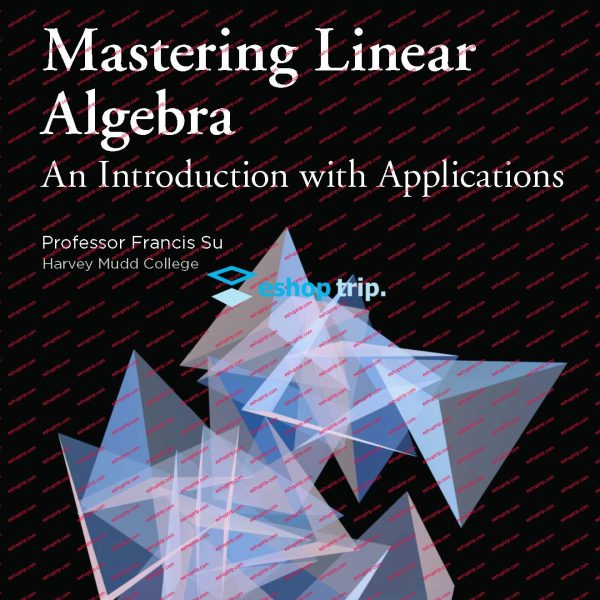

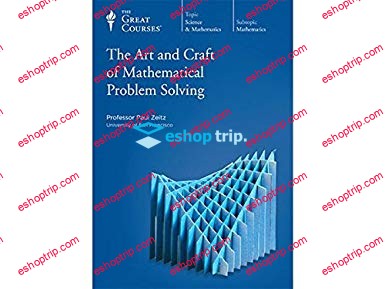
Reviews
There are no reviews yet.